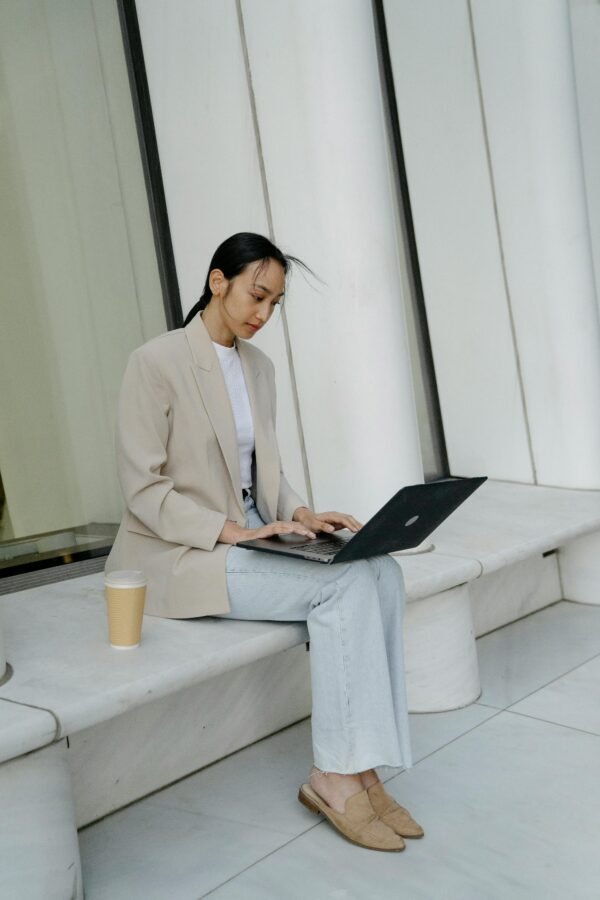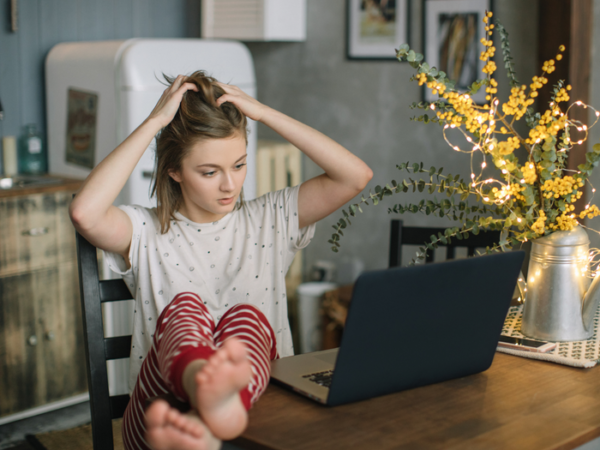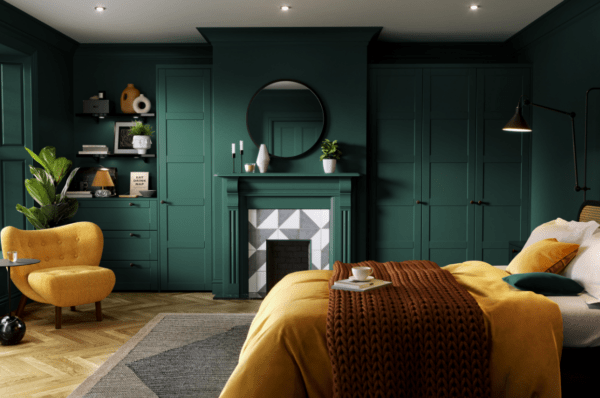
Advice for Offices for a Post-COVID-19 Workplace

The time has come for the world to start to return to normal. Or at least some resemblance of it. And one thing that will be on a lot of people’s minds is “how do I return to work safely?” Normally we wouldn’t have given a second thought to how we interact with others in an office space, but now it is essential that we adapt our workspace and our mindset to reduce the risk of transmitting infections. Fortunately, it doesn’t have to be a mammoth task. Our friends over at Diamond Interiors have done the hard work for you and come up with simple and effective ways to protect your staff in each area. Let’s take a look!
Reception area
- Try to avoid making an impact by posting hazard-type signage, which can scare and alarm people. Instead opt for gentle reminders to maintain social distancing, keep hands clean and to be respectful of others
- Install automatic camera sensors that can quickly detect and monitor a person’s temperature as they enter the building. Access can then be granted or denied depending on the result
- Density control systems can keep tabs on the number of people in a building at any one time, and can make sounds or display a visual message telling people to wait
- An inexpensive option is to use arrow stickers or signs to create a one way system in and out of your building
- Protect your front-of-house staff by installing sleek glass screens. These allow people to see and interact with one another and also offer longevity along with a more design-led approach
- Install hand sanitising stations in high traffic areas of the building and at entrances to reduce the risk of infections spreading
Staff desks
- If you have an open plan office layout, you’ll need to do some shifting around to ensure that your staff members are spaced two metres apart from one another in every direction
- Similar to your reception area, install clear glass or perspex screens where required to get the right occupancy levels. This may give your staff some additional reassurance
- Use softer screens where appropriate to keep acoustic reverberation levels comfortable
- Use a traffic light sticker system to show where people can or cannot sit. Although this may seem very simple, it’s easy for people to understand at a quick glance
- Use carpet tiles to indicate where people should sit or stand in order to interact with one another at a safe distance. These could have footprint stickers on or be brightly coloured and different to those around them
- Have each member of staff in charge of cleaning their own desk space or get help from office cleaners Sydney. Provide individual hand sanitiser, anti-bacterial spray and anti-bac wipes and encourage each person to clean their area and all equipment thoroughly at the start and end of each day
Breakout areas
As this is often a shared space with multiple people, or even people from different offices, it can be one of the trickier areas to manage. But with vigilance and strict maintenance, it can still be a hygienic area that all can benefit from.
- Ensure seating is minimised and spaced out properly
- Limit the number of people who can be in the space at any one time
- Install table top screens to allow people to sit together and interact on their breaks but without a risk of transmission
- Create a queuing system for kitchen and tea points. These must be spaced two metres apart
- Have a sticker system in place to allocate seating
- Again, have gentle and non-threatening signs that remind people to keep two metres apart in communal areas and to sanitise areas after use
- Install sanitising stations in high traffic areas and at entrances
Toilets
Extra vigilance will be needed in bathroom areas, and effort from all involved to ensure it remains as clean and sanitary as possible.
- Have stickers at basins along with hand washing guidelines reminding people to use both soap and water and to wash thoroughly for 20 seconds
- Mark out which basins can be used while maintaining a safe distance
- Set up queuing zones both outside toilet lobbies and in front of basins
- You could place a density control system here for larger buildings where there may be a higher occupancy to ensure there are never too many people inside at any one time
One way systems
Many hospitals have installed one way systems around the floor to minimise cross contact between people. If your office is in a big building, this kind of system will help reduce people “bumping” into one another, reduce waiting times and keep people moving around the office without difficulty or awkwardness. Plus, it gets your steps up!
Storage
- Have a ‘clear desk’ policy for the end of the day to allow for easier and more thorough cleaning
- Use ‘hot box’ storage for inside lockers to help organise stationery and personal items. This will reduce the risk of sharing pens or other items
- Avoid using a shared coat storage as the area will be accessed and touched by a number of people. Ask people to store coats and bags in lockers or by their own desk
The ‘new normal’ that ensues once businesses start to return to work will be difficult to get used to. Everyone will have gotten into the routine of being in lockdown, only to have to get used to a brand new one all over again. But as long as everyone pulls together and does their bit, there’s no reason why we shouldn’t be able to keep workplaces as clean, hygienic and infection-free as possible. There are also commercial janitorial services that can help maintain the order and cleanliness in your office, as well as Commercial Building Indoor Air Quality Services that can check your office building’s air quality.













































